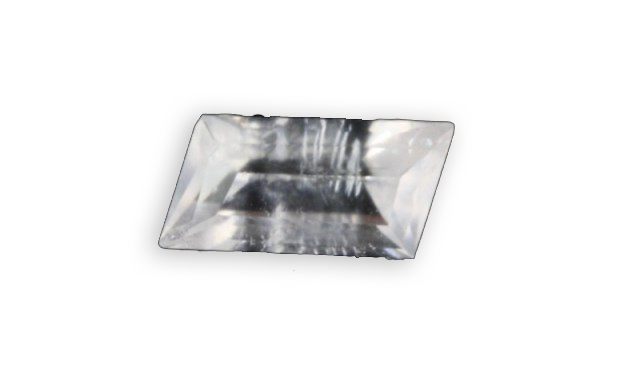
catapleiite
Discovered in 1850 in Norway, its name comes from the Greek “kata” and “pleios” which means “with many” in analogy with the fact that it is always associated with other minerals.
Je vous emmène à travers mes vidéos découvrir mon expérience acquise depuis plus de 30 ans a silloner le globe entier à la recherche de pierres précieuses, de rencontre mémorables mais aussi de difficulté parfois …

Discovered in 1850 in Norway, its name comes from the Greek “kata” and “pleios” which means “with many” in analogy with the fact that it is always associated with other minerals.
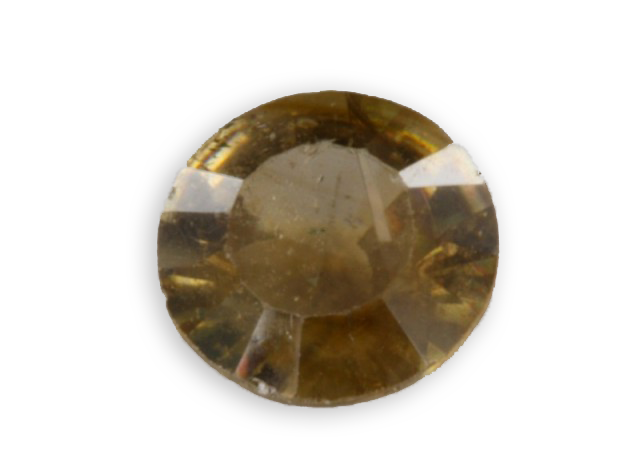
Its name comes from the Greek “kassiterôs”, tin, or the name of the islands “Cassiterides” that produced this tin ore in antiquity, very likely islands very close to present-day Spain that would have given their name to this tin mineral, cassiterite. It is the principal
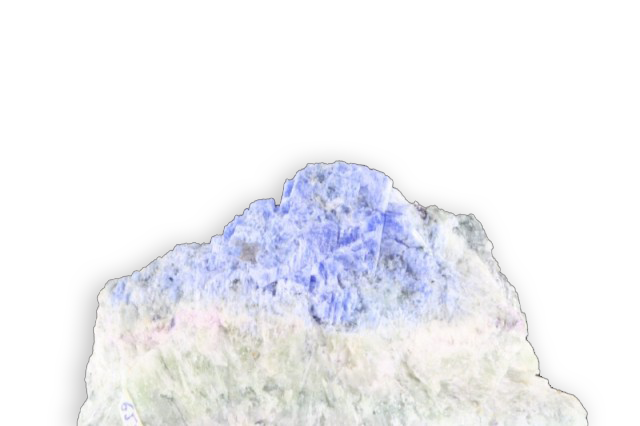
Discovered at Mont Saint-Hilaire in Canada by a team of the Carlton University in Ottawa, it was named after it.
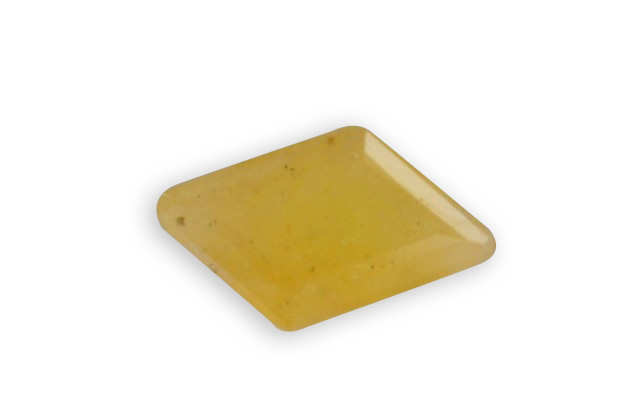
It was identified in 1839 by a German mineralogist and named in honor of the Russian Finance Minister George Kankrin (1774-1845). This stone is particular : it is a silicate but effervesces with acid because it contains carbonates.
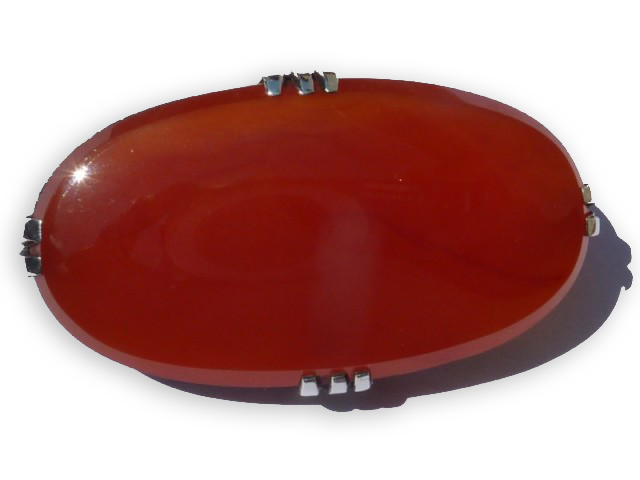
Chalcedony: This is a term including microcristallines and cryptocrystalline varieties of quartz, which come from the Greek name of the famous city of Carthage “Karkêdon”. Extracted in Egypt and Syria, it has been used since ancient times for intaglios and cameos, an active trade with
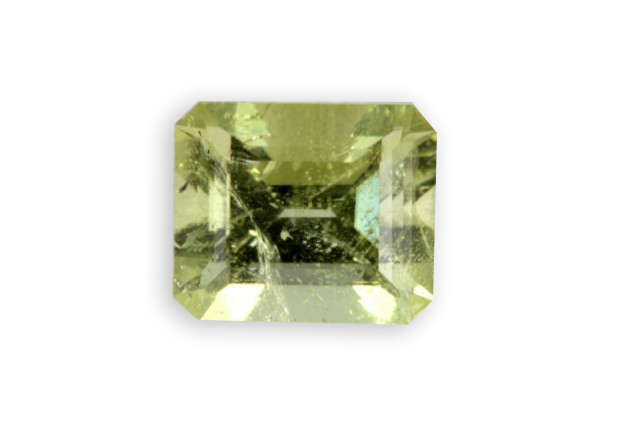
It is its discovery near the town of Conseilheira Pena, in Minas Gerais (Brazil) in 1945 by Pough, which gave its name (Brazil is written Brasil in Brazilian).